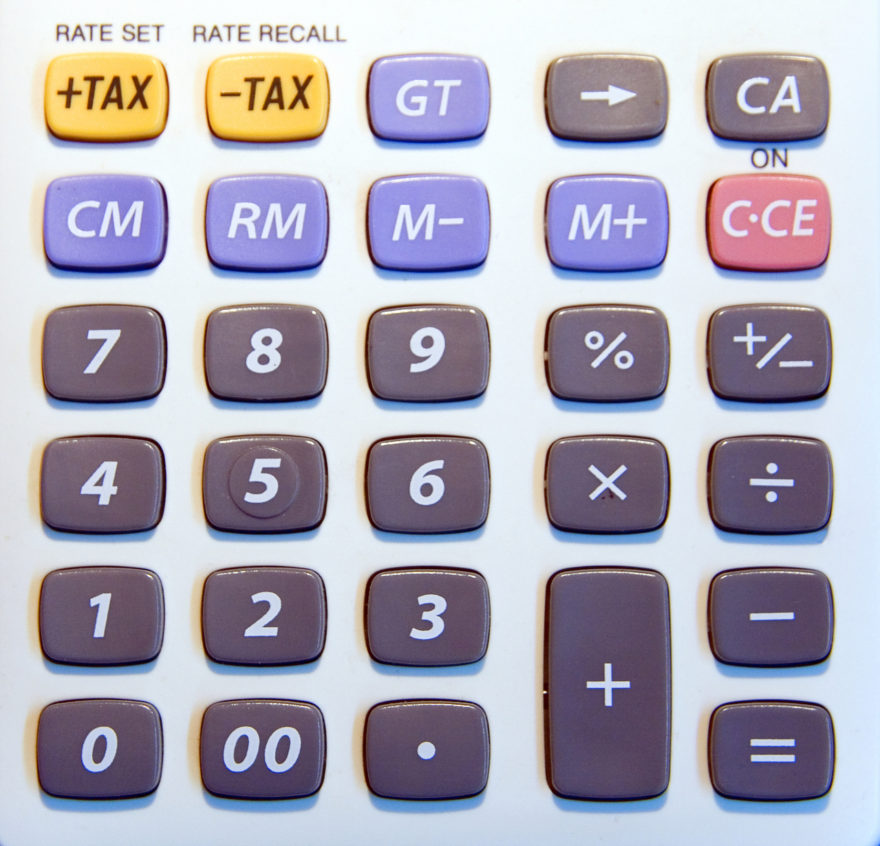After age 70 1/2, owners of a retirement account like an IRA or 401(k) are required to withdraw a minimum percentage of their account every year. These Required Minimum Distributions (RMDs) are taxable as ordinary income, and we meet many investors who do not need to take these withdrawals and would prefer to leave their money in their account.
The questions many investors ask is Can I avoid having to take RMDs? And while the short answer is “no, they are required”, we do have several ways for reducing or delaying taxes from your retirement accounts.
1. Longevity Annuity. In 2014, the IRS created a new rule allowing investors to invest a portion of their IRA into a Qualified Longevity Annuity Contract (QLAC) and not have to pay any RMDs on that money. What the heck is a QLAC, you ask? A QLAC is a deferred annuity where you invest money today and later, you switch it over to a monthly income stream that is guaranteed for life. Previously, these types of deferred annuities didn’t work with IRAs, because you had to take RMDs. Luckily, the IRS saw that many retirees would benefit from this strategy and provided relief from RMDs.
Investors are now permitted to place up to 25% of their retirement portfolio, or $125,000 (whichever is less), into a QLAC and not have to pay any RMDs during the deferral period. Once you do start the income stream, the distributions will be taxable, of course.
For example, a 70 year old male could invest $125,000 into a QLAC and then at age 84, begin receiving $31,033 a year for life. If the owner passes away, any remaining principal will go to their heirs. (Source of quote: Barrons, June 26, 2017)
In retirement planning, we refer to possibility of outliving your money as “longevity risk”, and a QLAC is designed to address that risk by providing an additional income stream once you reach a target age. Payouts must begin by age 85. A QLAC is a great bet if you have high longevity factors: excellent health, family history of long lifespans, etc. If you are wondering if your money will still be around at age 92, then you’re a good candidate for a QLAC.
2. Put Bonds in your IRA. By placing your bond allocation into your IRA, you will save taxes several ways:
- You won’t have to pay taxes annually on interest received from bonds.
- Stocks, which can receive long-term capital gains rate of 15% in a taxable account, would be treated as ordinary income if in an IRA. Bonds pay the same tax rate in or out of an IRA, but stocks lose their lower tax rate inside an IRA. You have lower overall total taxes by allocating bonds to IRAs and long-term stocks to taxable accounts.
- Your IRA will likely grow more slowly with bonds than stocks, meaning your principal and RMDs will be lower than if your IRA is invested for growth.
3. Roth Conversion. Converting your IRA to a Roth means paying the taxes in full today, which is the opposite of trying to defer taking RMDs. However, it may still make sense to do so in certain situations. Once in a Roth, your money will grow tax-free. There are no RMDs on a Roth account; the money grows tax-free for you or your heirs.
- If you are already in the top tax bracket and will always be in the top tax bracket, doing a Roth Conversion allows you to “pre-pay” taxes today and then not pay any additional taxes on the future growth of those assets.
- If not in the top bracket (39.6%), do a partial conversion that will keep you in your current tax bracket.
- If there is another bear market like 2008-2009, and your IRA drops 30%, that would be a good time to convert your IRA and pay taxes on the smaller principal amount. Then any snap back in the market, or future growth, will be yours tax-free. And no more RMDs.
- Trump had proposed simplifying the individual tax code to four tax brackets with a much lower top rate of 25%, plus eliminating the Medicare surtaxes. We are holding off on any Roth conversions to see what happens; if these low rates become a reality, that would be an opportune time to look at a Roth Conversion, especially if you believe that tax rates will go back up in the future.
4. Qualified Charitable Distribution. You may be able to use your RMD to fund a charitable donation, which generally eliminates the tax on the distribution. I wrote about this strategy in detail here.
5. Still Working. If you are over age 70 1/2 and still working, you may still be able to participate in your 401(k) at work and not have to take RMDs. The “still working exception” applies if you work the entire year, do not own 5% or more of the company, and the company plan allows you to delay RMDs. If you meet those criteria, you might want to roll old 401(k)s into your current, active 401(k) and not into an IRA. That’s because the “still working exception” only applies to your current employer and 401(k) plan; you still have to pay RMDs on any IRAs or old 401(k) accounts, even if you are still working.
We can help you manage your RMDs and optimize your tax situation. Remember that even if you do have to take an RMD, that doesn’t mean you are required to spend the money. You can always reinvest the proceeds back into an individual or joint account. If you’d like more information on the QLAC or other strategies mentioned here, please send me an email or give us a call.








1 Comment
Comments are closed.